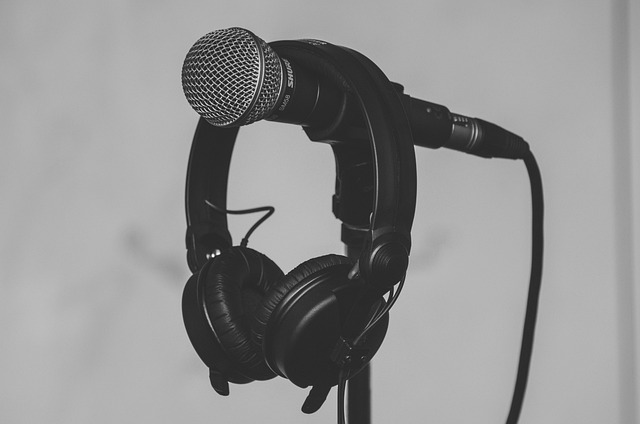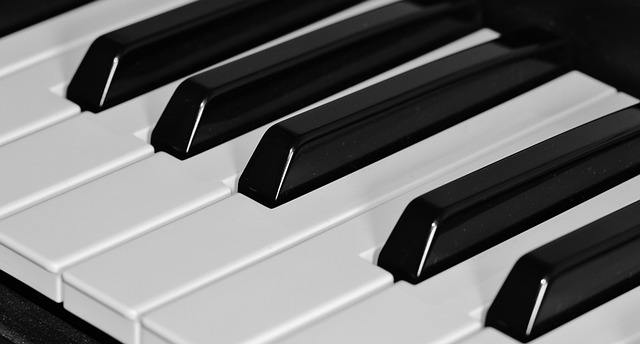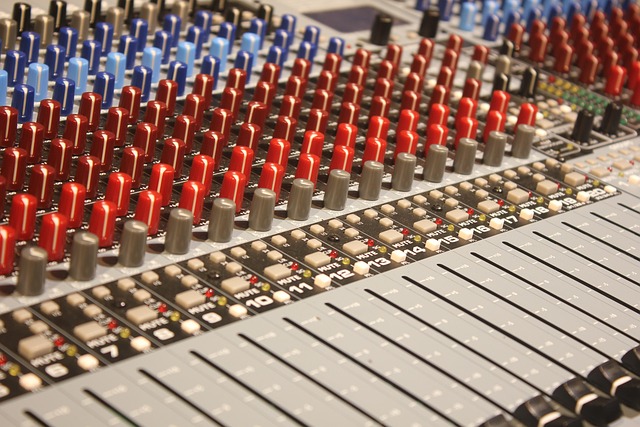Mastering the Art of BWF: Your Ultimate Guide to Audio Recording
The world of audio recording is an intricate tapestry woven together by technology, artistry, and emotion. At the center of this breathtaking landscape lies Broadcast Wave Format, or BWF – a term that resonates with audio engineers, musicians, and sound designers alike. To master BWF is to hone a skill that brings your creative visions to life, no matter the medium.
Whether you’re capturing the soul of a live performance or the subtle nuances of a studio recording, understanding BWF can elevate your work to new heights. But what is it about BWF that makes it indispensable in the realm of audio recording? Let’s delve deeper into its significance and explore the essentials that every audio professional should know.
What is BWF?
BWF is an extension of the WAVE audio file format that was established to accommodate metadata—information that provides context to your recordings. This crucial data might include details such as title, artist, track number, and timestamps, rendering your recordings not only easier to manage but also enhancing their usability in post-production.
The Importance of Metadata
In the fast-paced world of audio production, metadata is your guiding light. It ensures that you can identify and retrieve your recordings swiftly, which is especially vital during the editing and mixing phases. By embedding this vital information directly within the audio files themselves, BWF empowers you to work more efficiently and creatively. Knowing that you have everything organized and easy to find lets you focus on what truly matters—crafting your sound.
Capturing High-Quality Audio
When it comes to audio recording, the quality of your sound is paramount. Embracing BWF means adopting a best-practice approach to recording. With its support for sample rates and bit depth for high-resolution audio, BWF not only allows you to capture pristine sound but also to retain that quality throughout the production process. Whether you’re working with live orchestras or intricate soundscapes, BWF is your reliable companion in achieving studio-grade quality.
Seamless Integration with Software
Another beauty of BWF is its compatibility with a myriad of digital audio workstations (DAWs). Whether you are using industry standards like Pro Tools, Logic Pro, or Adobe Audition, BWF ensures that your recordings import seamlessly. Your audio workflow becomes a streamlined process, allowing you to spend less time wrestling with file formats and more time fine-tuning your masterpiece.
Best Practices for Working with BWF
As you embark on your journey to mastering BWF, here are some best practices to keep in mind:
- Consistent Naming Conventions: Implement a structured naming system for your recordings. This not only helps in organizing files but also aids in efficient retrieval.
- Maintain Backup Copies: Always keep duplicates of your recordings, preferably in different locations. BWF excels in preserving your recordings, but redundancy is key to avoiding any loss.
- Regularly Update Software: Ensure your DAW is updated to the latest version for optimum compatibility with BWF files and to utilize improvements in audio processing.
- Document Everything: Keep a log of all relevant metadata, keeping track of recording conditions, equipment used, or any edits made. This not only facilitates smoother playback but also enhances collaboration with other professionals.
Incorporating these practices into your audio recording workflow not only helps you to better manage your projects but also fosters greater creativity as you feel more empowered in your craft.
As you continue to explore the vast possibilities that audio recording offers, let BWF be your trusted ally. An understanding of this format enriches your audio storytelling, enabling you to evoke emotion, capture essence, and finally share your unique sound with the world. Keep forging ahead, embracing the art of BWF, and let your creativity shine through every recorded note.



